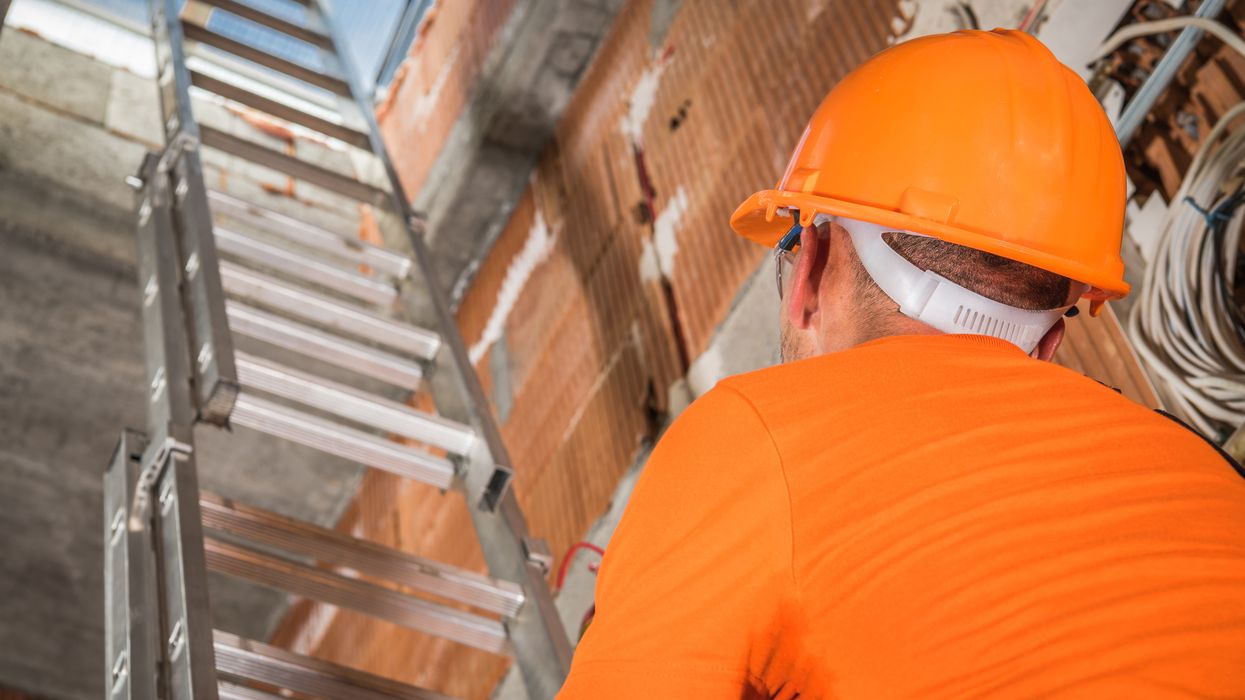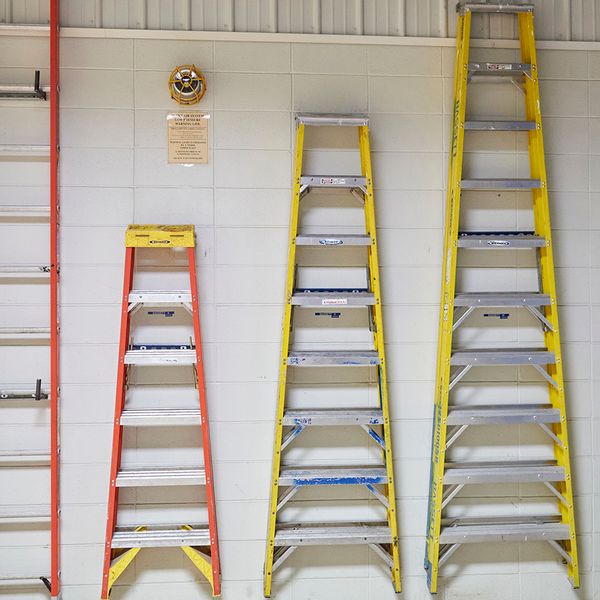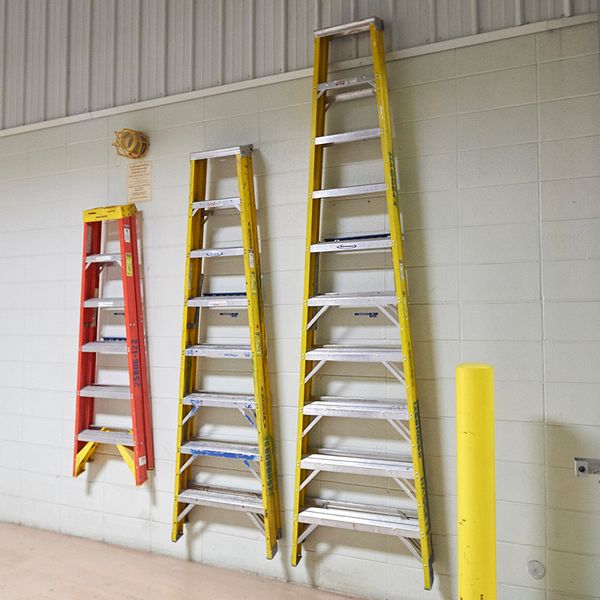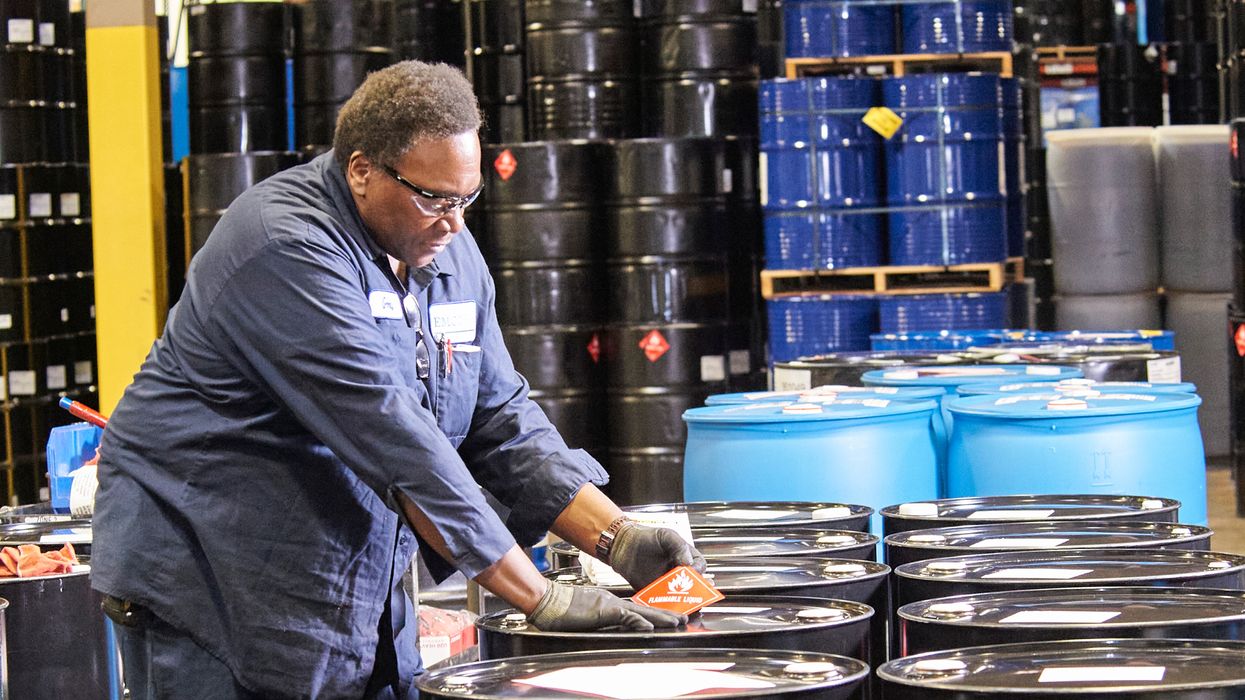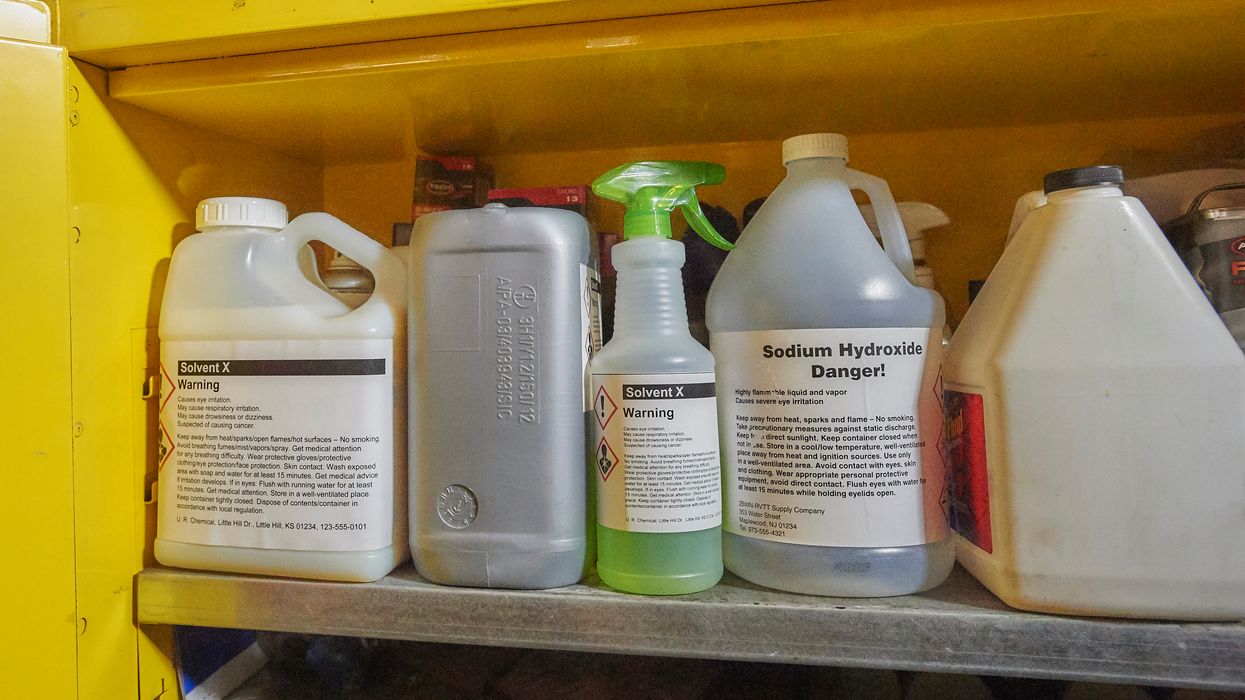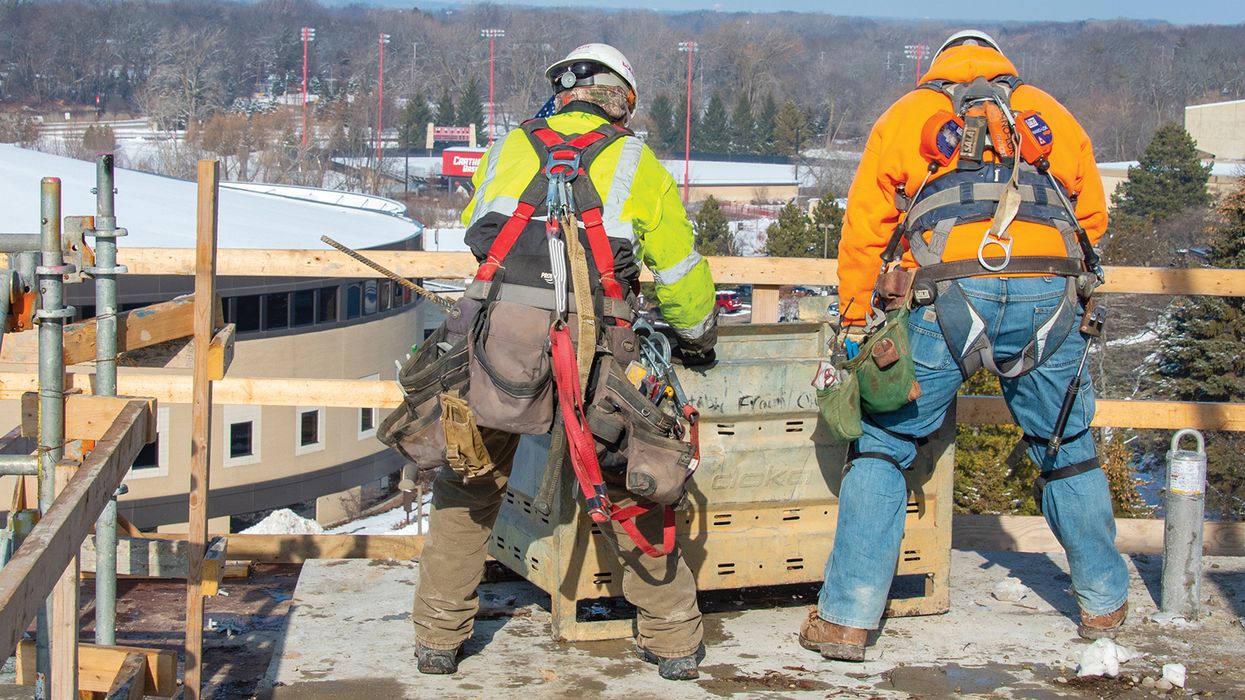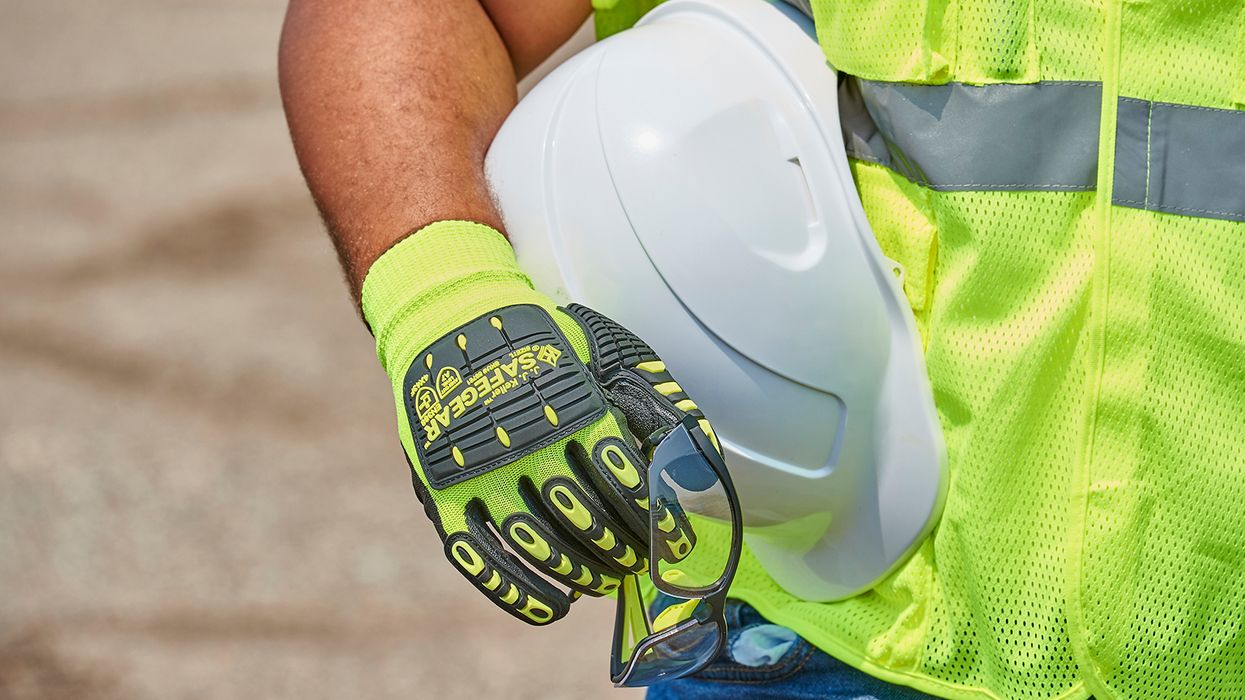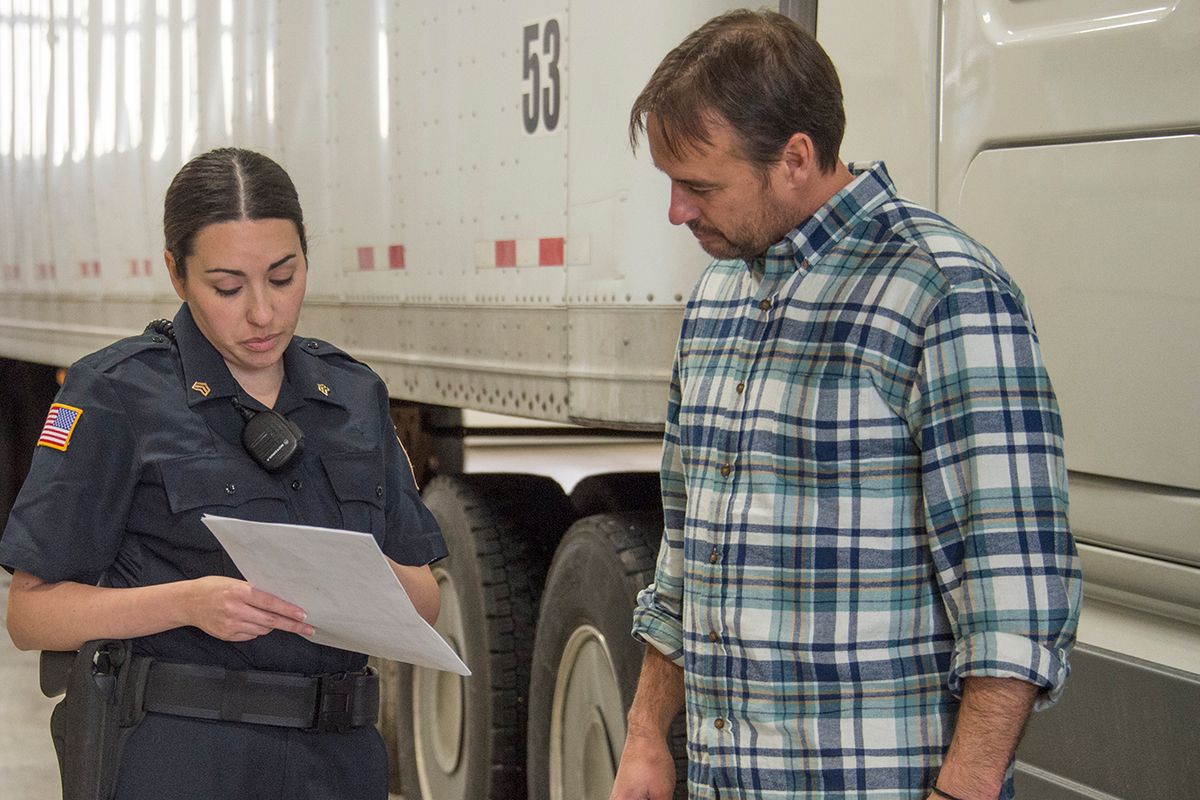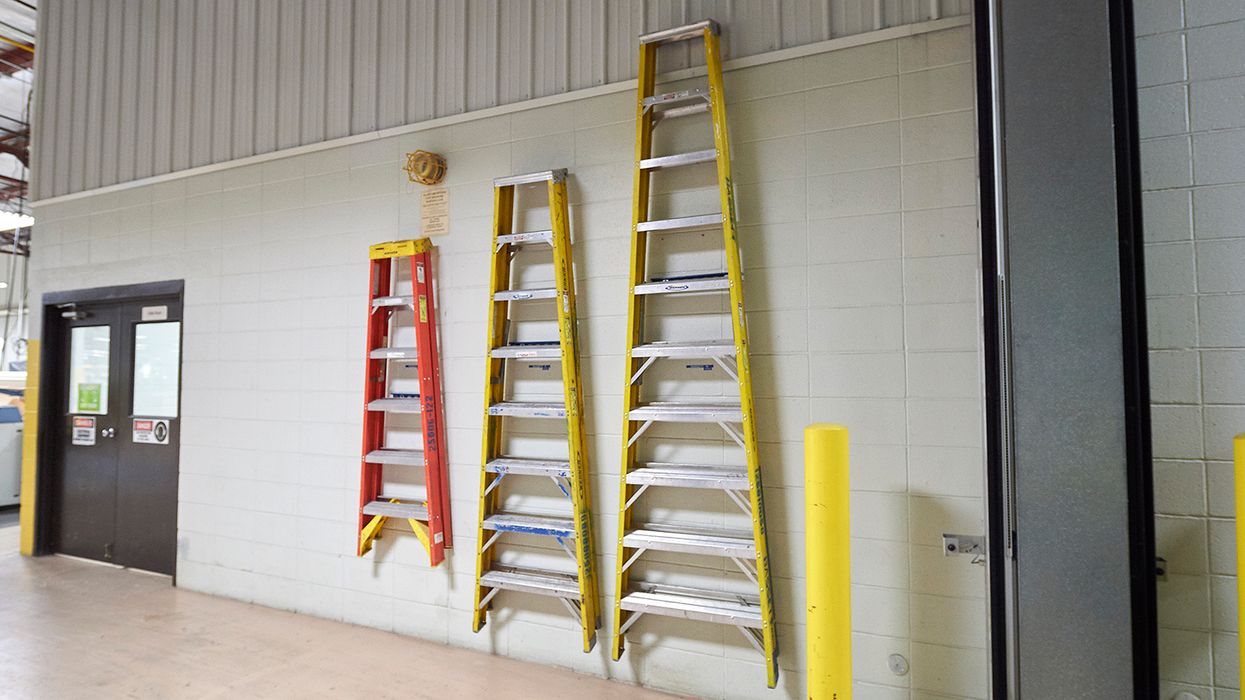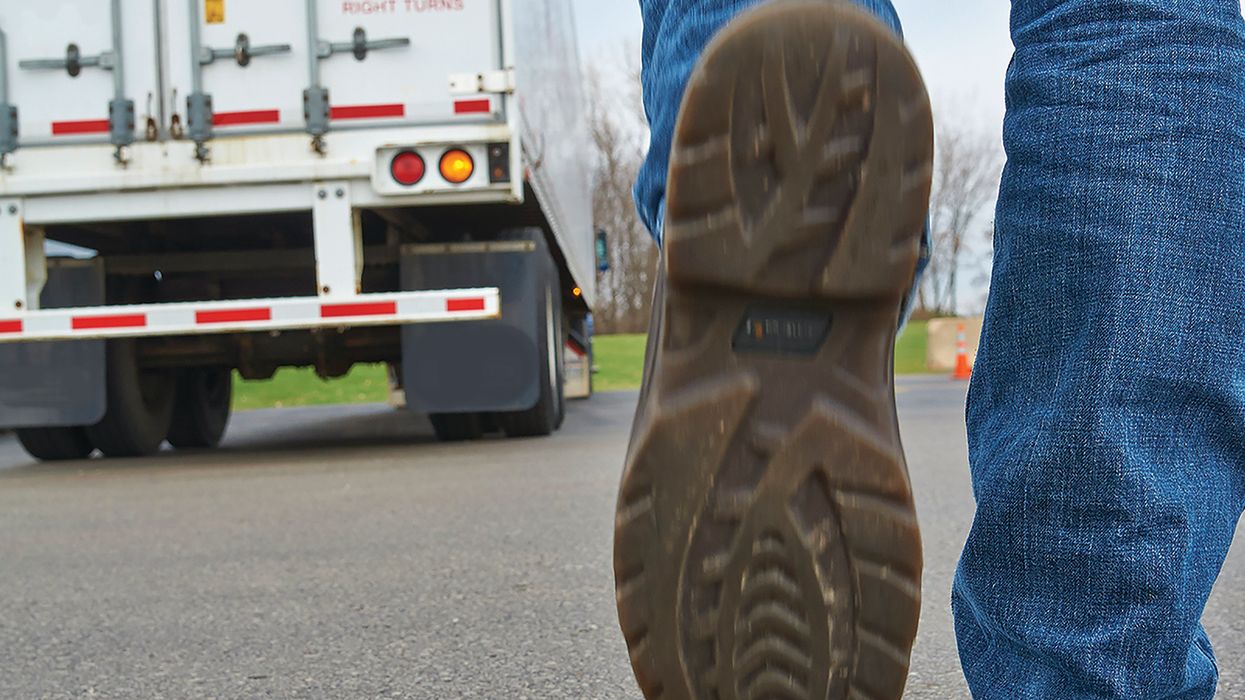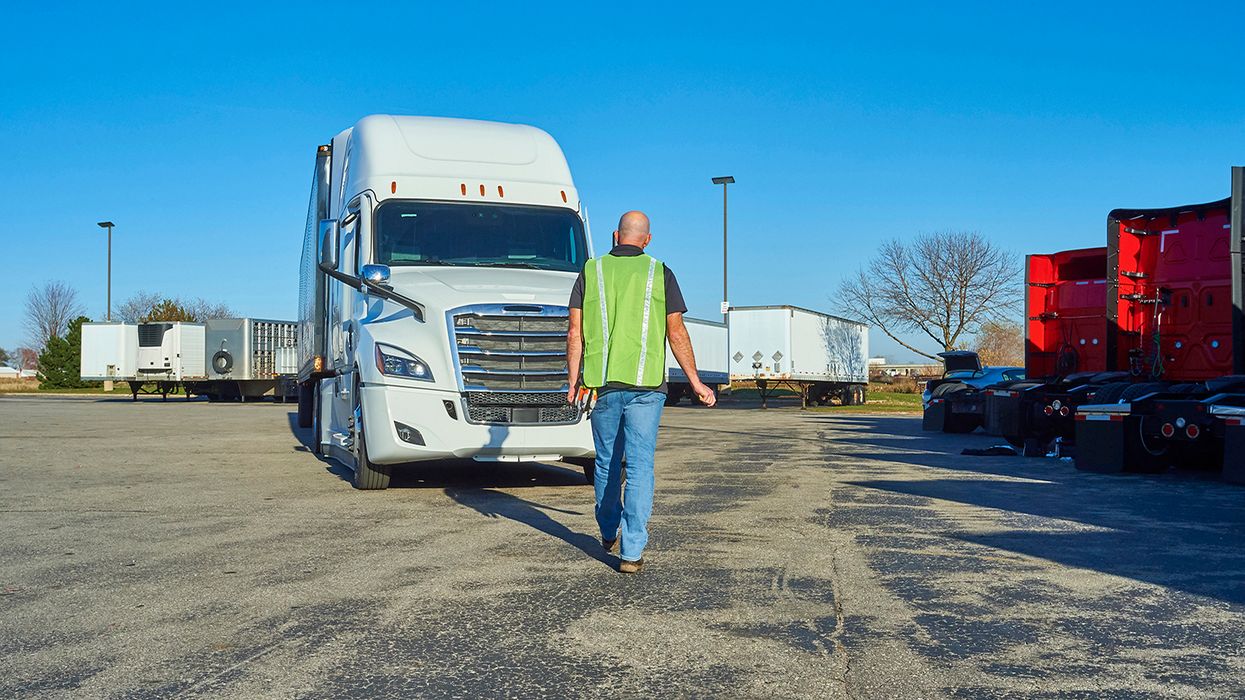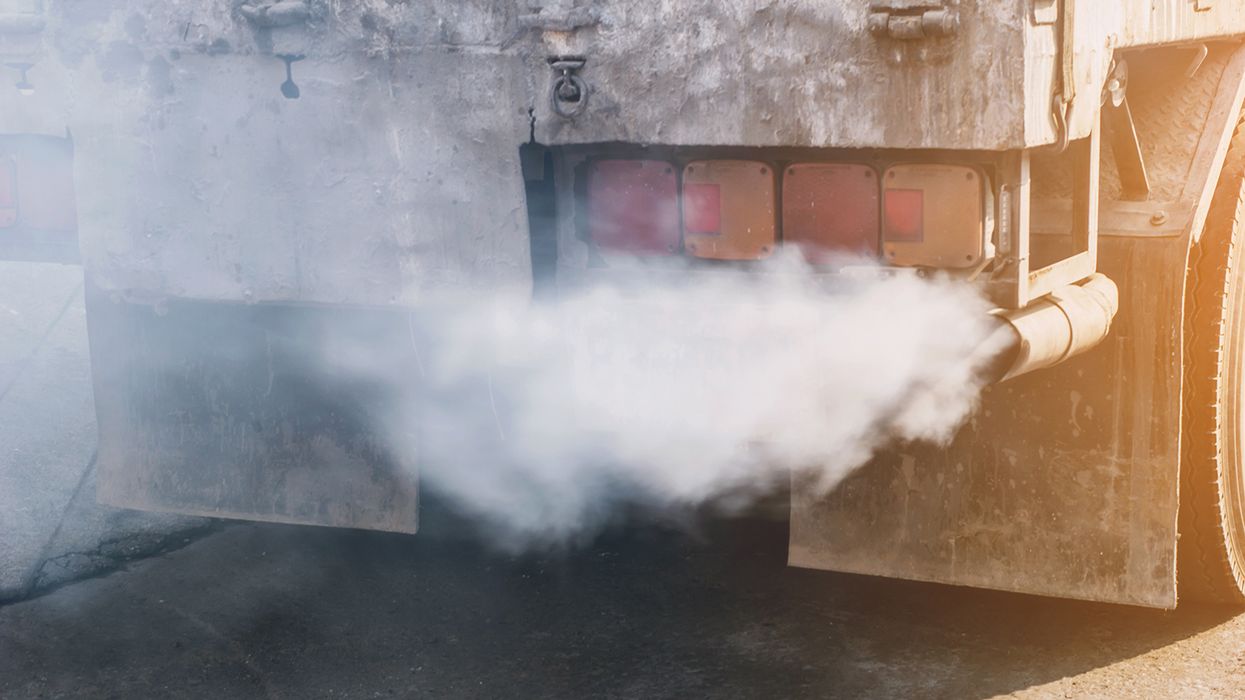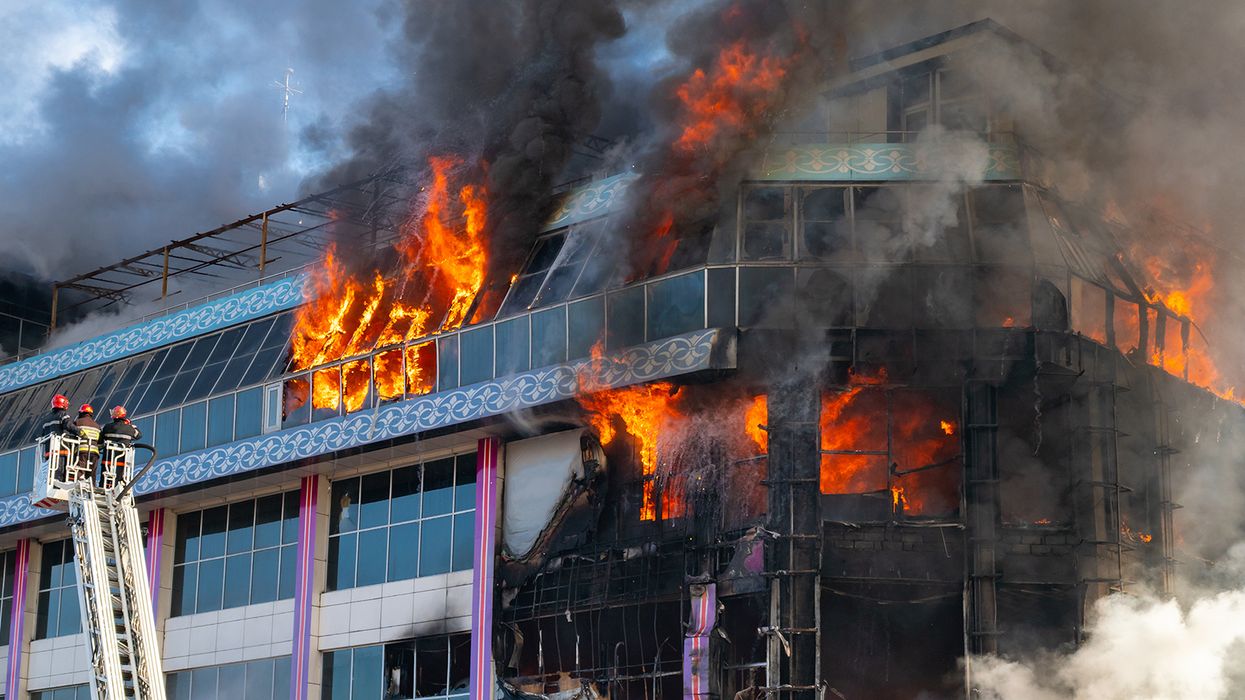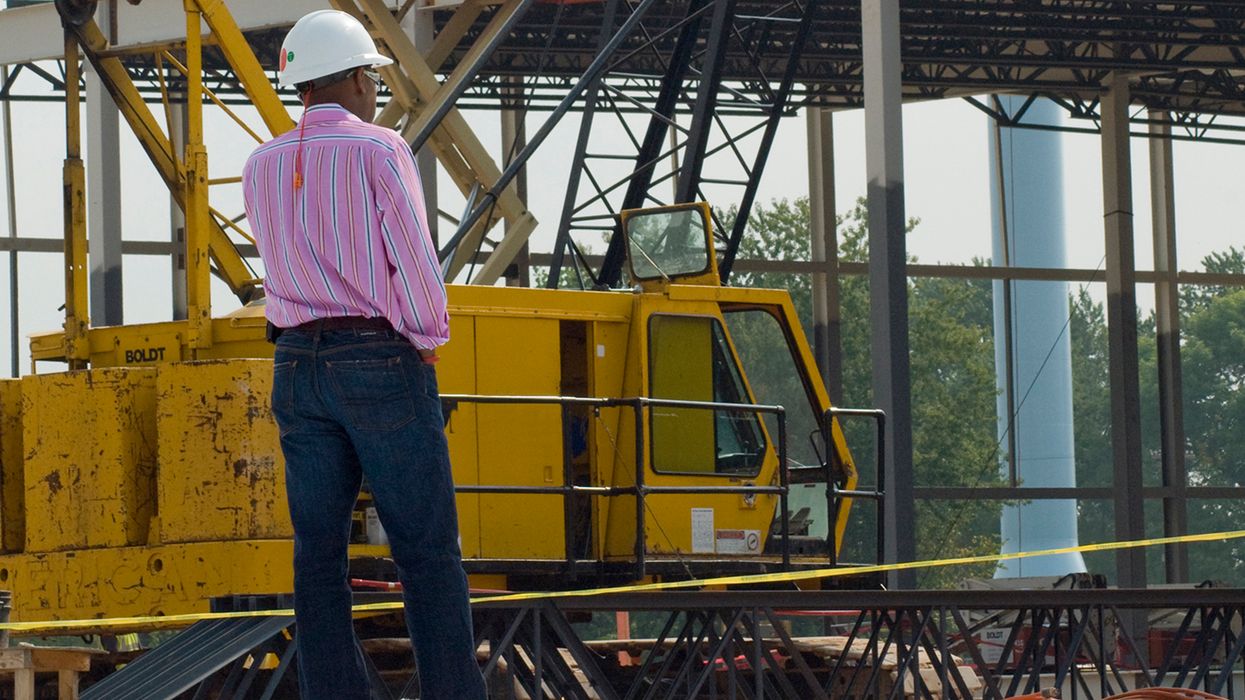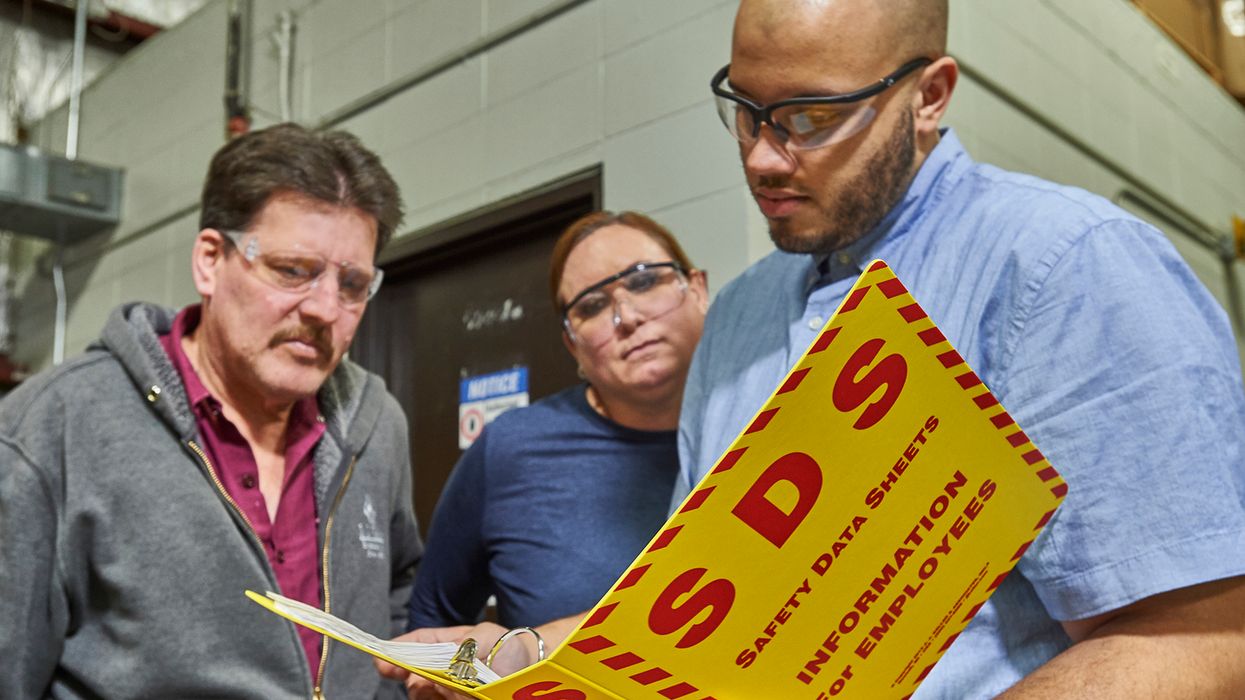Reach for new heights with ladder safety
Workplace falls are a serious safety concern, whether injuries occur on the same level or from elevated work surfaces. This is because injuries resulting from jobsite falls often affect multiple body parts — such as a worker’s back, knees, ankles, wrists, and head — and require longer recovery times, or worse yet, cause fatalities.
It’s your company’s responsibility to keep workers safe. Focusing on jobs that involve high risks and taking steps to minimize exposure to hazards with the greatest potential to cause severe injury or death is key to reducing occupational injuries and illnesses.
Provide proper equipment
Select equipment that meets your needs. Conducting an assessment and deciding what type of equipment is necessary to accomplish the required tasks is the first step. Falls don’t just occur from walking-working surfaces. For example, many workers are injured from falls each year using a defective or improperly rated ladder. Portable stepladders vary in design and sizes, so looking at the construction, care, and use of wood or metal ladders can ensure workers have a safe ladder to use.
Think about height. As you walk around your job, consider the height workers are expected to reach to perform work. I’ve reminded workers to get longer ladders to work from and not to use the top step. OSHA’s Ladders Standard, 1926.1053(b)(13), prohibits workers from using the top step of a stepladder as a step. If a platform’s height, which workers are expected to work from, is beyond the ladder’s length, consider providing powered lifts — such as scissors lifts or aerial lifts — to protect workers from falls.
When selecting the height of a ladder, make sure to consider the highest standing level on the ladder. You can find this information on the label. Also, consider the working length that is needed to permit the required three feet that must be above the upper access level. Never allow makeshift ladders constructed out of chairs, benches, or boxes to be used. OSHA allows job-made ladders to be built. Consider using OSHA’s guidance when making one. See OSHA’s Reducing Falls in Construction: Safe Use of Job-made Wooden Ladders factsheet at https://roar-assets-auto.rbl.ms/documents/18566/OSHA3661.pdf.
Think about weight. While selecting a ladder, consider the working load, which includes the user’s weight and the materials and tools the ladder will need to support. Check the labels on commercial ladders for duty ratings to determine the maximum weight capacities when evaluating the types of ladders that must be purchased.
Keep in mind that portable ladders are designed to hold one person at a time, so two workers should never be on a ladder simultaneously. Most manufactured ladders are designed using the American National Standards Institute’s Duty Rating system. It consists of these five classifications:
- Type IAA Special-Duty is rated at 375 lbs,
- Type IA Extra Heavy-Duty is rated at 300 lbs,
- Type I Heavy-Duty is rated at 250 lbs,
- Type II Medium-Duty is rated at 225lbs, and
- Type III Light-Duty is rated at 200 lbs.
Think about job activity. Provide portable ladders to enable workers to reach working platforms. Although it’s common to perform work while standing on a ladder, it puts workers at risk for fall-related injuries and should be discouraged. Also, consider the types of jobs that must be performed. A ladder placed near power lines should be made of wood or fiberglass since metal ladders conduct electricity.
Think about maintenance. Keeping equipment in good condition requires care and maintenance. Inspect ladders when they are first purchased and periodically before being used by workers. It’s important to look for damage to rails, rungs, connections, and overall structural defects so a defective ladder doesn’t collapse while being used.
Workers should be aware that proper handling and care of a ladder is necessary. For instance, store ladders in a safe area, on racks, and protect them from exposure to heat, corrosives, oils, and grease. Take a damaged ladder out of service until it has been repaired by the tool room attendant or manufacturer. If the ladder cannot be repaired, it should be discarded.
Key to remember: Although many factors contribute to falls, such as wet floors, poor lighting, cluttered aisles, ladder/scaffold collapses, and improper use of equipment, most fatal injuries result from falls to a lower level.

